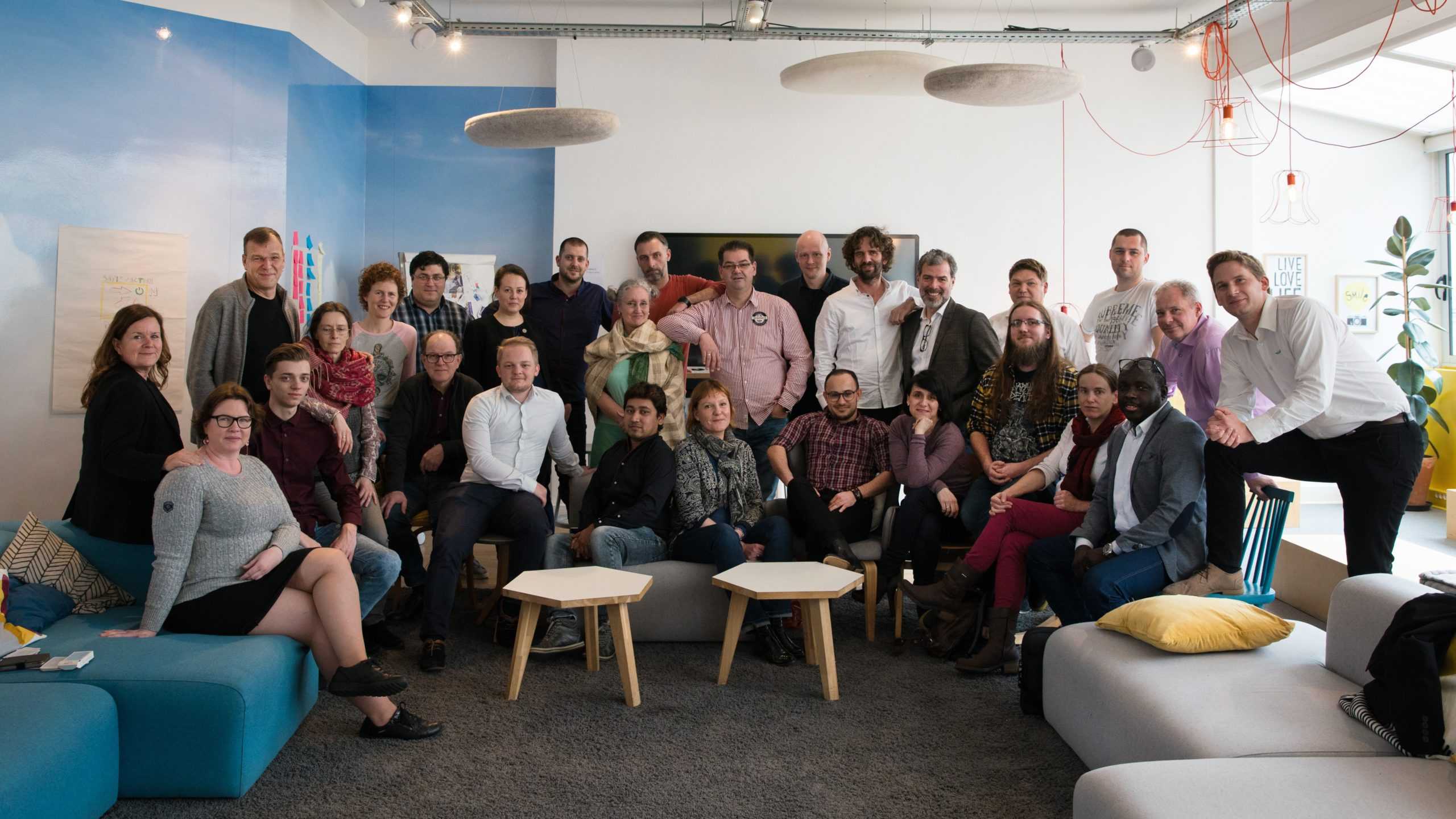We are certified:

Subscribe to our newsletter
©BIRDS Conseil 2024 – All rights reserved – Legal privacy
Created by KOMOP
We are certified:

Subscribe to our newsletter
©BIRDS Conseil 2024 – All rights reserved – Legal privacy
Created by KOMOP
